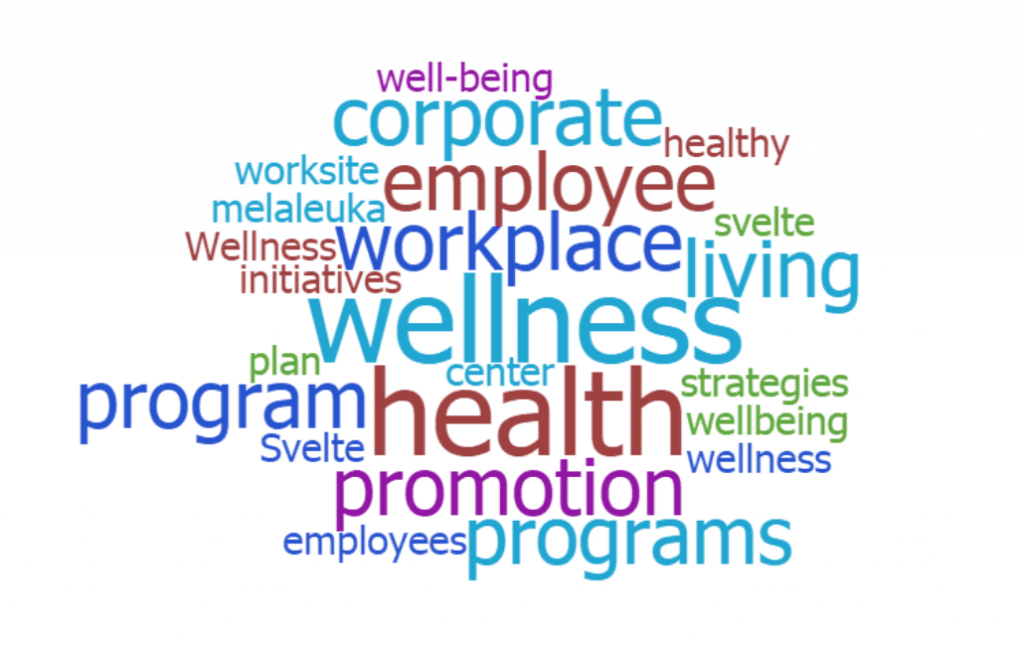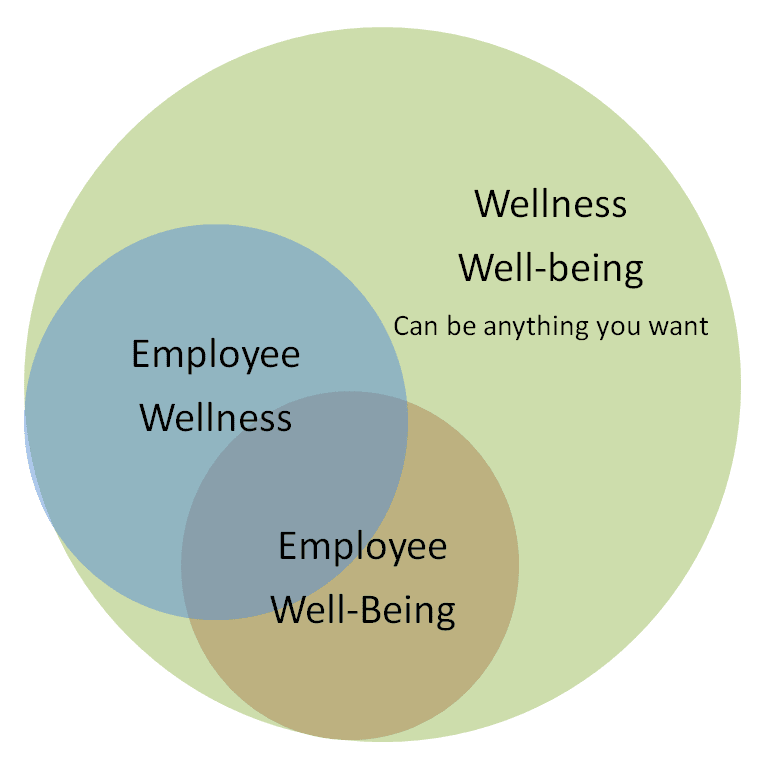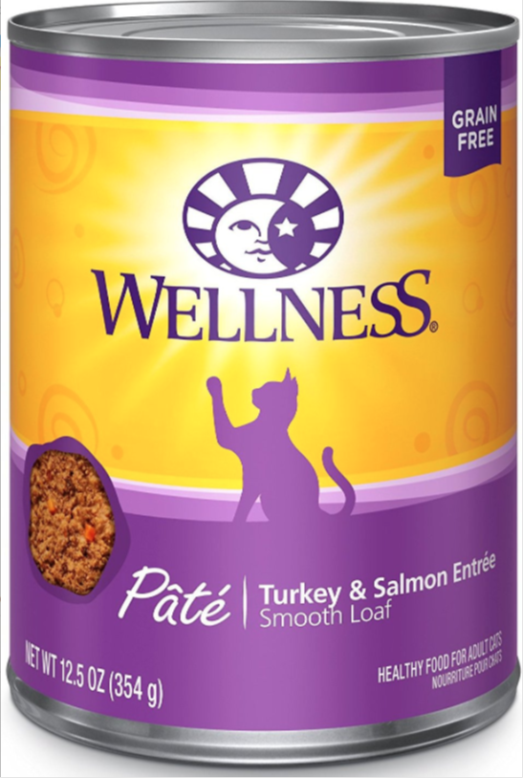Did you notice that there’s no real definition of wellness? What is wellness 20anyway? It’s being used to define every health and wellness meaning under the sun – which makes it difficult for some to navigate the world of work wellness. Let’s put an end to the madness and discuss what wellness really means.
What is Wellness? Why We Need a Wellness Program Definition
In recent years, the number of wellness professionals has surged, making wellness programs more popular than ever before. What began as a niche focus on executive fitness has evolved into comprehensive programs embraced by workplaces of all sizes.
“Wellness, There’s a word you don’t hear every day.”
Dan Rather, 60 Minutes, November 1979
Few can recall a time when the term “wellness” didn’t exist. Halbert Dunn is credited with coining the term in 1961, and since then, its usage has skyrocketed. A quick search reveals that “wellness” is part of the trademark for over 5,000 companies. Indeed, the concept of wellness has become pervasive.
What Does Wellbeing Mean?
Well-being encompasses health, happiness, and prosperity. It involves good mental health, high life satisfaction, and a sense of purpose. While there’s no single definition, well-being generally involves judging life positively and feeling good.

In some countries, wellness programs are referred to as well-being programs for employees. While these programs share similarities with employee wellness programs, they often broaden the scope. However, beyond the workplace, the meanings of wellness and well-being have expanded considerably.
Wellness Versus Wellbeing
While the terms “wellness” and “well-being” are straightforward individually, their distinctions can become blurry in discussion. The aim here is to provide clarity on these terms, helping people understand where worksite wellness fits in and where the broader concept of wellness begins.
Understanding the basics is crucial in discussing wellness and defining wellness programs. Refer to the diagram below for a visual aid in comprehending the starting and ending points of worksite wellness efforts. This diagram also illustrates how the terms “wellness” and “well-being” have evolved to encompass a wide range of meanings.

What Is Wellness in the Workplace?
Today’s wellness professionals obtain certifications and university training designed to help those who oversee worksite wellness programs.
Most wellness professionals work in worksite wellness settings. For them, the definition of wellness is almost always used to describe employee wellness programs. Unfortunately well-being programs for employees can be called by many different names, but all of them refer to work wellness of some form.
- corporate wellness
- worksite wellness
- employee wellness
- corporate well-being
- worksite well-being
- employee well-being
- workplace well-being
- employee health and wellness
- worksite health wellness
- workplace health
- corporate health
- wellness initiatives
- health wellness program
- employee wellness plan
- wellness strategies
- wellness program for employees
- workplace health programs
- healthy workplace programs
- workplace health promotion
- employee health promotion
- worksite health promotion
What is Wellness in a Workplace Well-being Program?
An employee wellness program includes any activity designed to support better health at work and/or to improve health outcomes. These programs often include medical screenings, incentives, behavior change interventions, fitness programs, social support or competitions.
Many employee wellness programs include activities that also promote well-being. These might include resilience training, yoga, meditation, emotional and psychological well-being, stress management, and life satisfaction. You can find a complete description of all the components of an employee wellness program here.
How Many Areas of Employee Wellness Are There?
There are seven main pillars or facets of wellness and well being that should be covered in an employee wellness program. Let’s run through what these 7 areas are.
1. Physical
First and foremost, the most obvious is physical wellbeing. In order to manage chronic conditions we have to be aware of the physical needs of our bodies – this is a big part of wellbeing programs for employees. A focus on physical activities, proper sleep schedules, and eating well all fit under this category.
2. Intellectual
To best understand the intellectual wellness definition, think of personal growth as a main contributor. The expansion of one’s skills creates a sense of accomplishment and provides us with confidence to tackle more challenges and learn new things.
3. Emotional
A good way to position the emotional wellness definition is when one has the ability to take on life’s challenges because they can navigate their emotions well. That means they have control over their emotions, not the other way around.
4. Social
What is wellness under the social wellness definition? It claims that an employee is able to interact with others in a way that strengthens interpersonal relationships. The ability to positively interact with the greater community.
5. Occupational
You may already know the occupational wellness definition because it’s been promoted quite heavily in recent years. Finding a work life balance within a career that’s built around a positive attitude about your professional life and where it’s headed.
6. Spiritual
The spiritual wellness definition: Having found and accepted a sense of purpose that’s rooted in morals – this doesn’t necessarily have to involve religious beliefs.
7. Financial
And finally, the financial wellness definition states that an employee is comfortable in a monetary sense and can confidently plan their future financially.
Other Areas of Employee Wellness
Work wellness is all of the above and more. In fact, let’s add an 8th dimension of wellness – we call it, ‘Environmental Wellness’. Because where you are can have a big impact on your inner self. Keeping your home, car, and office organized will save you a lot of mental anguish.
When speaking with your potential wellness vendor, be sure to ask them to define wellness programs. Now that you understand what wellness is, make sure their definition encompasses what you’re looking for in a program. Do you want it to cover just physical wellness? Mental wellness? The right vendor will know how to customize their offerings to your ask.
So What is Wellness? It’s the Wild, Wild West!
By the 1970’s, the meaning of wellness had appeared in a few books but most had never heard of the word before. Wow, have things changed. Here is just a sampling of all the different products and services that now claim the word “wellness.” Be sure to click on the links to see just how diverse and unrestrained the definition of wellness has become.
Wellness –
- shoes
- socks
- medical equipment
- adult diapers
- bracelets
- floor mats
- cough syrup
- chocolate
- vaping supplies
- marijuana products
- beers
- bacon
- ice cream
- doughnuts
- tattoos
It is not just retail products that have discovered that including “wellness” in their product title can give a boost to sales. Hospitals, chiropractors, fitness centers, dentists, psychiatrists, physical therapists, and other health practitioners frequently lay claim to the word “wellness.”
Now you can even get alternative medicine and wellness therapies, check out our list below.
Wellness –
Colon Hydrotherapy
Probiotic Implants
Infrared Sauna Detoxification
Healing Touch Energy Solutions
RainDrop Essential Oil Sessions
Cranial Sacral Therapy
Lymphatic Cleansing Sessions
Holistic Nutrition Counseling
Guided Detoxification Cleanses
Thermography Imaging
and my personal favorite…
wellness – enemas (Apparently, wellness enemas are the solution to most health problems. This company promotes their home enema kit as a day-to-day wellness and recovery tool.) Okay, now I’ve seen everything!
The Proliferation of “What is Wellness” in Marketing
Melaleuca is a multi-level marketing company (pyramid scheme with a product to sell) that sells anything from toilet bowl cleaners to vitamins and everything in-between. They have rebranded themselves as “The Wellness Company.” They are proud to be “the largest online wellness shopping club,” whatever that means.

Veterinarians have taken to the word “wellness” big time. Today, you don’t take your dog to the vet, you take your dog to the veterinarian wellness facility. While there, don’t forget your wellness pet food.

Far away tourist destinations used to market themselves as a resort and spa. Today, these are all wellness destinations.
Gwyneth Paltrow and her health and beauty company Goop want you to follow the The Beauty and Wellness Detox Guide. You can even get a wellness swing, but if you buy one, be careful not to break your wellness neck!

Collectively, all these wellness centers, retailers, and bloggers would say they ARE the wellness industry. And from a retail perspective they are probably correct. I suppose worksite wellness professionals would also claim that they make up the work wellness definition.
As Worksite Wellness Professionals, Should We Care About the Wild, Wild, West of “What is Wellness”?
The unrestrained use of the word “wellness” speaks of the words utility and amazing staying power. Can you think of any other word that is used in so many different ways and by so many different people?
Part of the reason for the success of the word “wellness” is because there is no standard wellness definition. Basically, we can deter wellness meaning to whatever we want, so long as it suggests a more positive outcome.
The word “wellness” has become more like a seal of approval than an adjective. Any profession or product that connects to the word “wellness” suddenly gains a level of acceptance and endorsement recognized by anyone wanting to have a long, healthy life. The word “wellness” gives all products, good or bad, a hint of legitimacy, and that’s good for sales, even if you are peddling snake oil.
As someone who has spent my entire adult life in work wellness, I’m not at all threatened by the pervasive and perverted use of the word “wellness.”

I’d be worried if wellness vendors offered unethical products or services under the guise of worksite wellness, or employee wellness. Just like every other industry under the sun, there are a few bad vendors in the worksite wellness space but these unscrupulous vendors don’t usually survive long.
Vendors like these have staying power because they provide valuable services to employers of all sizes. Thankfully, most employee wellness programs that are well-designed produce tremendous benefits to both employees and employers. The success of these programs is one reason they are more popular than ever.
So What?
A good wellness program definition is not as important as seeing an effective wellness program change lives. Legitimate work wellness professionals use qualifiers to distinguish ourselves from all other uses of the word wellness such as worksite wellness, corporate wellness, employee wellness, company wellness, etc.
The word “wellness” now has so many variations and subcategories that there is likely less confusion now than there was a few decades ago. Businesses and worksites that are interested in improving employee health and in creating a worksite culture of health probably won’t be offering wellness enemas anytime soon. What do you think? Share your comments.
FAQs on What is Wellness?
1. What is Employee Wellness?
Our employee wellness definition is as follows:
Employee wellness is a program that encourages work wellness and motivates employees to change their behavior. We can go beyond that and say that it’s a series of activities and policy changes that support healthy living habits in the workplace.
2. What is Wellness in Health?
Wellness is a fairly new term – and since it found the spotlight it has not looked back! Wellness is taking initiatives every day to live a life with positive health outcomes and building habits that promote a healthy lifestyle.
3. What is Wellness according to the W.H.O definition?
Traditionally, Wellness is an active process of becoming aware of and making choices toward a healthy and fulfilling life. Wellness is more than being free from illness, it is a dynamic process of change and growth. (W.H.O.) Some definitions include different dimensions of wellness including physical, occupational, emotional, spiritual, environmental, financial, social, and intellectual.
Each dimension of wellness is interrelated with the others although few actually use the word wellness in this manner. Today, the meaning of wellness generally refers to something related to good health, but even that definition has been altered.
Because the word “wellness” can mean just about anything, academics and government organizations refuse to even use the word. They are horrified by the term and do not want to be associated with it. To this day, the CDC hates the word “Wellness”.
Instead of using terms like employee wellness, corporate wellness, or worksite wellness, the CDC and many universities instead say “worksite health promotion.”
The rest of the world understands what “worksite wellness” means. If, however, you leave off the qualifying word, “worksite,” the word “wellness” has been hijacked by retailers trying to sell more products. Maybe the CDC and some universities are correct to avoid the word wellness, but the employee health and wellness meaning is clear to everyone.

I love that you talked about business wellness and employee wellness being directly tied together. My son is a new manager at his company and he wants to make sure his employees are happy. He thinks that implementing some things like a gym membership or some other health-related things will make his employees really productive.
Comments are closed.